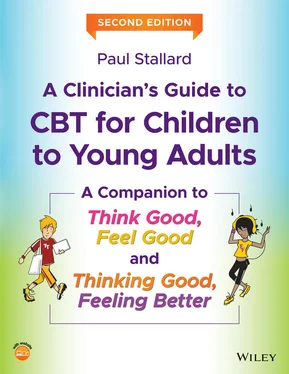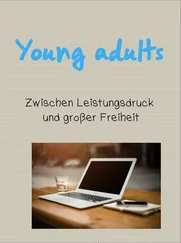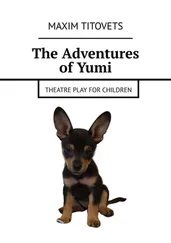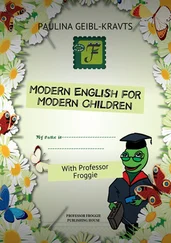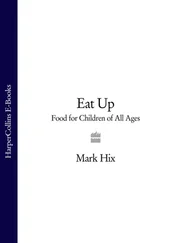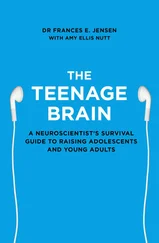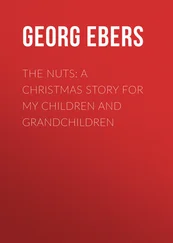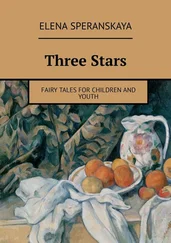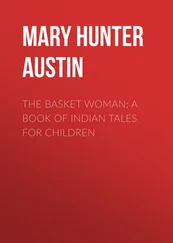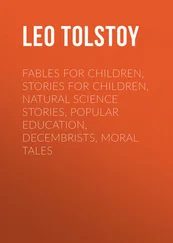1 Cover
2 Title Page A Clinician’s Guide to CBT for Children to Young Adults A Companion to Think Good, Feel Good and Thinking Good, Feeling Better Second Edition Paul Stallard
3 Copyright Page
4 About this book
5 Acknowledgements
6 Online resources
7 CHAPTER ONE: Introduction and overview CBT as an intervention CBT as a preventative intervention CBT with younger children CBT with children and young people with learning difficulties Technologically delivered CBT Involving parents The competencies to deliver child‐focused CBT Cognitive Behaviour Therapy Scale for Children and Young People CORE philosophy
8 CHAPTER TWO: PRECISE The therapeutic alliance Partnership Right developmental level Empathy Creative Investigation Self‐efficacy Enjoyable and engaging PRECISE in practice
9 CHAPTER THREE: A: Assessment and goals Undertakes a full assessment of the presenting problem involving, as appropriate, reports from others Complements assessment with routine outcome measures (ROMs) Negotiates goals and the dates when progress will be reviewed Uses diaries, tick charts, thought bubbles, and rating scales to identify and assess symptoms, emotions, thoughts, and behaviour Assesses motivation and readiness to change
10 CHAPTER FOUR: B: Behavioural Uses behavioural techniques such as developing hierarchies, graded exposure, and response prevention Problems when undertaking exposure Uses behavioural techniques such as activity rescheduling and behavioural activation Problems when undertaking behavioural activation Provides a clear rationale for using behavioural strategies Identifies and implements reward and contingency plans Models, uses role play, structured problem‐solving approaches, or skills training
11 CHAPTER FIVE: C: Cognitions Facilitates cognitive awareness Identifies cognitions that are functional and helpful and those that are dysfunctional or unhelpful Identifies important dysfunctional cognitions and common cognitive biases (‘thinking traps’) Facilitates the generation of alternative balanced cognitions by thought challenging and alternative perspective taking Facilitates continuum work using rating scales Uses techniques such as mindfulness, acceptance, and compassion
12 CHAPTER SIX: D: Discovery Facilitates self‐discovery and reflection through use of the Socratic dialogue Facilitates self‐discovery through alternative perspective taking and attending to new or overlooked information Evaluates beliefs, assumptions, and cognitions through behavioural experiments or prediction testing
13 CHAPTER SEVEN: E: Emotions Develops emotional literacy by facilitating the identification of a range of emotions Helps to distinguish between different emotions and identifies key body signals Develops emotional management skills such as relaxation, guided imagery, controlled breathing, calming activities Develops emotional management skills such as physical activity, letting feelings go, emotional metaphors, and imagery Develops emotional management skills such as self‐soothing, mind games, and mindfulness
14 CHAPTER EIGHT: F: Formulations Provides a coherent and understandable rationale for the use of CBT Provides a collaborative understanding of events which links thoughts, emotions, and behaviour (maintenance formulations) Provides an understanding of important past events and relationships (onset formulations) Includes, as appropriate, the role of parent/carers in the onset or maintenance of the child/young person’s problems Activities and goals/targets are clearly linked to the formulation Common problems
15 CHAPTER NINE: G: General skills Prepares and brings the necessary materials and equipment to the meeting Manages the young person’s behaviour during sessions Ensures that sessions have an agenda and clear goals and are appropriately structured Ensures good timekeeping so that all tasks are completed Ensures that the session is appropriately paced, flexible, and responsive to the needs of the young person Prepares for endings and relapse prevention
16 CHAPTER TEN: H: Home assignments Negotiates home assignment tasks Ensures assignments are meaningful and clearly related to the formulation and clinical session Ensures assignments are consistent with the young person’s developmental level, interests, and abilities Assignments are realistic, achievable, and safe Refers to goals when planning assignments and to rating scales when reviewing progress Assignments are reviewed and reflection encouraged
17 CHAPTER ELEVEN: Putting it together Anxiety Depression Obsessive‐compulsive disorder (OCD) Post‐traumatic stress disorder (PTSD) When it doesn’t go right Is the young person motivated to change? Are the young person and their family engaged with the intervention? How has the intervention been delivered?
18 CHAPTER TWELVE: Resources The Chain of Events The Negative Trap Four systems How did this happen? Session rating scale Scales of change Anxiety intervention plan Depression intervention plan OCD intervention plan PTSD intervention plan Motivation Engagement Intervention delivery Reflective practice The Cognitive Behaviour Therapy Scale for Children and Young People (CBTS‐CYP) Beating anxiety Fighting back depression Controlling worries and habits Coping with trauma
19 References
20 Index
21 End User License Agreement
1 Chapter 1 Table 1.1 Comparison of items on the CBTS‐CYP and CTS‐R.
2 Chapter 3Table 3.1 Sarah’s diary.
3 Chapter 4Table 4.1 Alison’s diary.
4 Chapter 7Table 7.1 William’s diary.Table 7.2 Isabella’s mood diary.
1 Chapter 1 Figure 1.1 Core philosophy, therapeutic process, and methods of undertaking ...
2 Chapter 3Figure 3.1 Theo’s washing.Figure 3.2 The Stages of Change model and primary therapeutic focus.
3 Chapter 5Figure 5.1 Freya’s downward arrow.
4 Chapter 6Figure 6.1 Joshua’s responsibility pie for the car crash.Figure 6.2 Joshua’s mother’s responsibility pie for the car crash.Figure 6.3 Marla’s Chain of Events.Figure 6.5 Adam’s football formulation.Figure 6.4 Adam’s dining hall formulation.
5 Chapter 8Figure 8.1 Rhiannon’s situation and behaviour link.Figure 8.2 Rhiannon’s situation and feelings link.Figure 8.3 Rhiannon’s thoughts and feelings link.Figure 8.4 Rhiannon’s mini‐formulation.Figure 8.5 Naomi is at home on her own.Figure 8.6 Naomi argues with her brother.Figure 8.7 Abdul gets ready for school.Figure 8.8 Onset formulation.Figure 8.9 Mary’s onset formulation.Figure 8.10 Sally’s onset formulation.
6 Chapter 10Figure 10.1 Emotional faces diary.
7 Chapter 11Figure 11.1 Sam’s Scales of Change.Figure 11.2 Jade is invited to the cinema.Figure 11.3 Example of a personal reflection log.
1 Cover Page
2 A Clinician’s Guide to CBT for Children to Young Adults
3 Copyright
4 About this book
5 Acknowledgements
6 Online resources
7 Table of Contents
8 Begin Reading
9 References
10 Index
11 WILEY END USER LICENSE AGREEMENT
1 iii
2 iv
3 xiii
4 xv
5 xvii
6 1
7 2
8 3
9 4
10 5
11 6
12 7
13 8
14 9
15 10
16 11
17 12
18 13
19 14
20 15
21 16
22 17
23 18
24 19
25 20
26 21
27 22
28 23
29 24
30 25
31 26
32 27
33 28
34 29
35 30
36 31
37 32
38 33
39 34
40 35
41 36
42 37
43 38
44 39
45 40
46 41
47 42
48 43
Читать дальше
